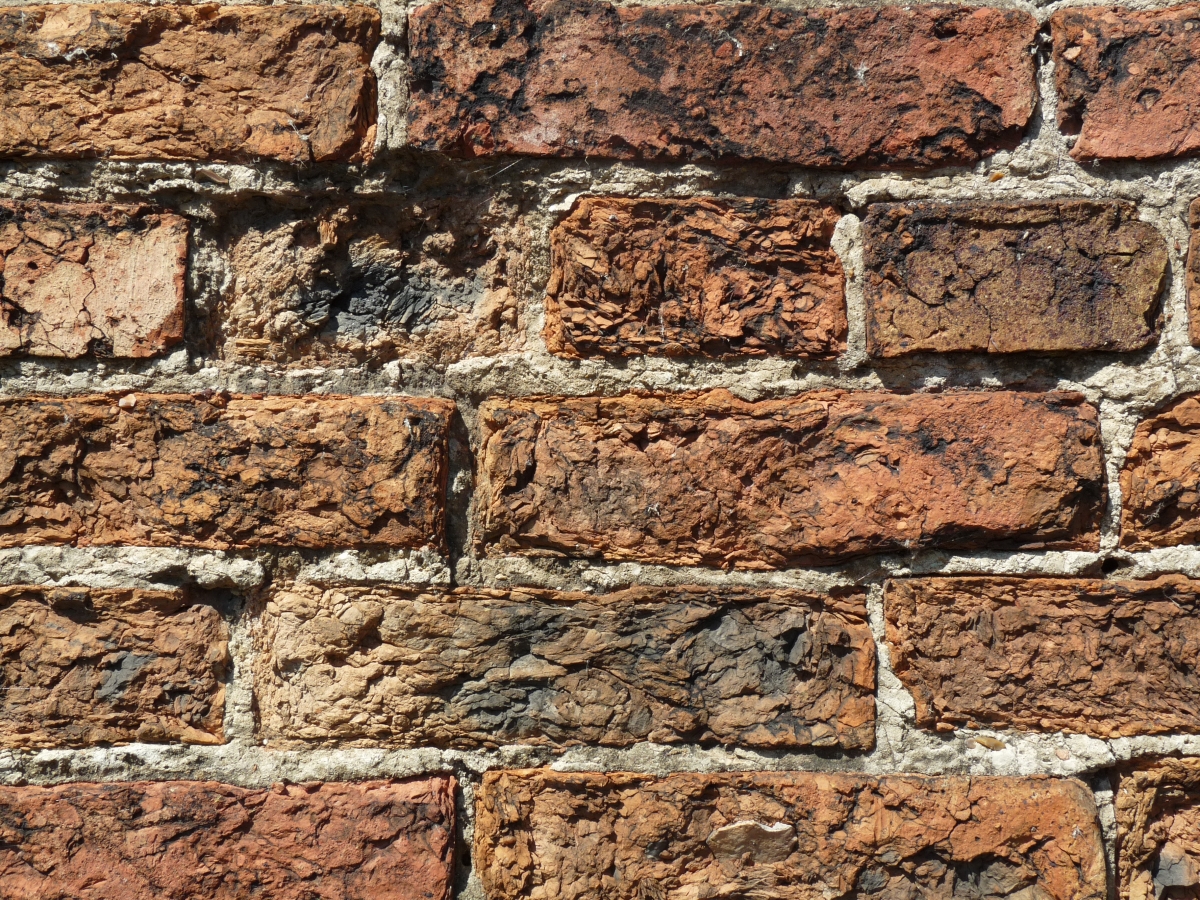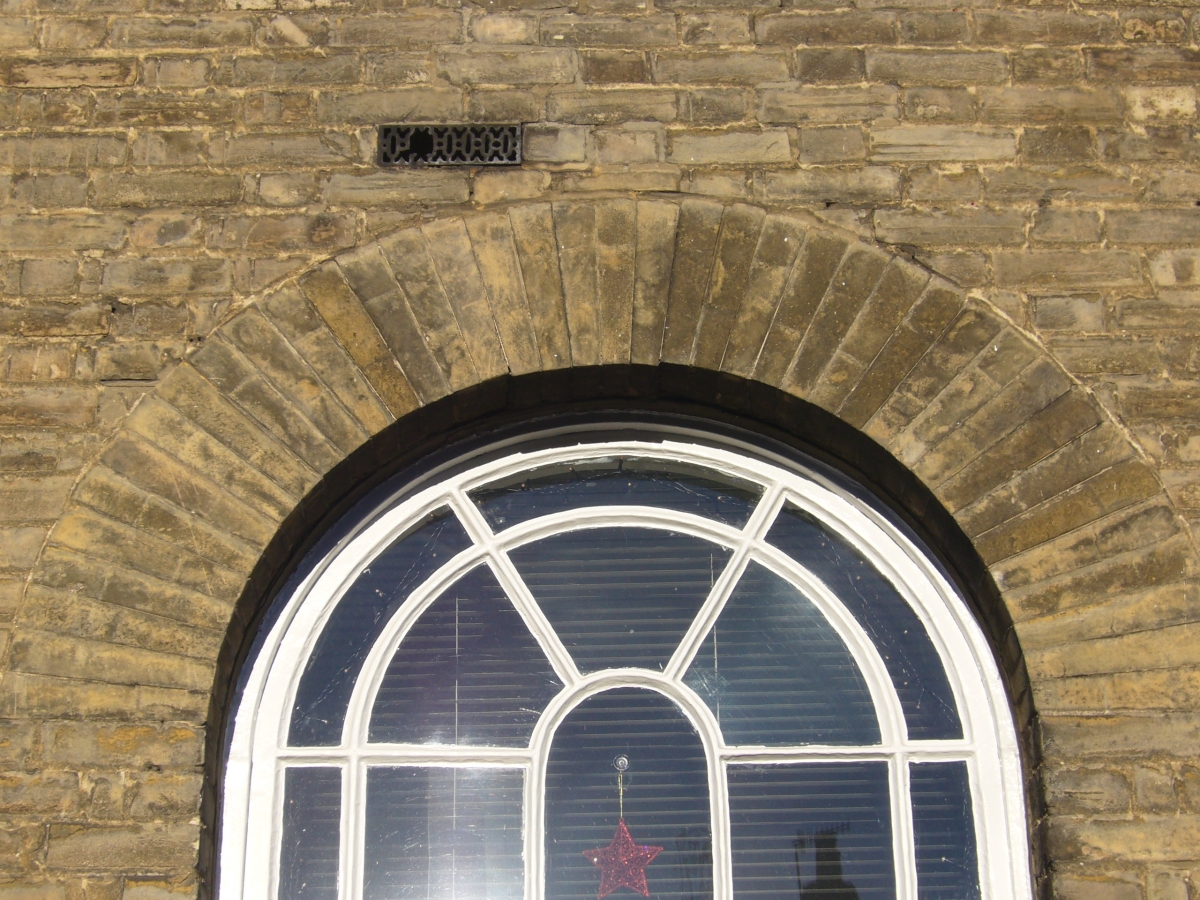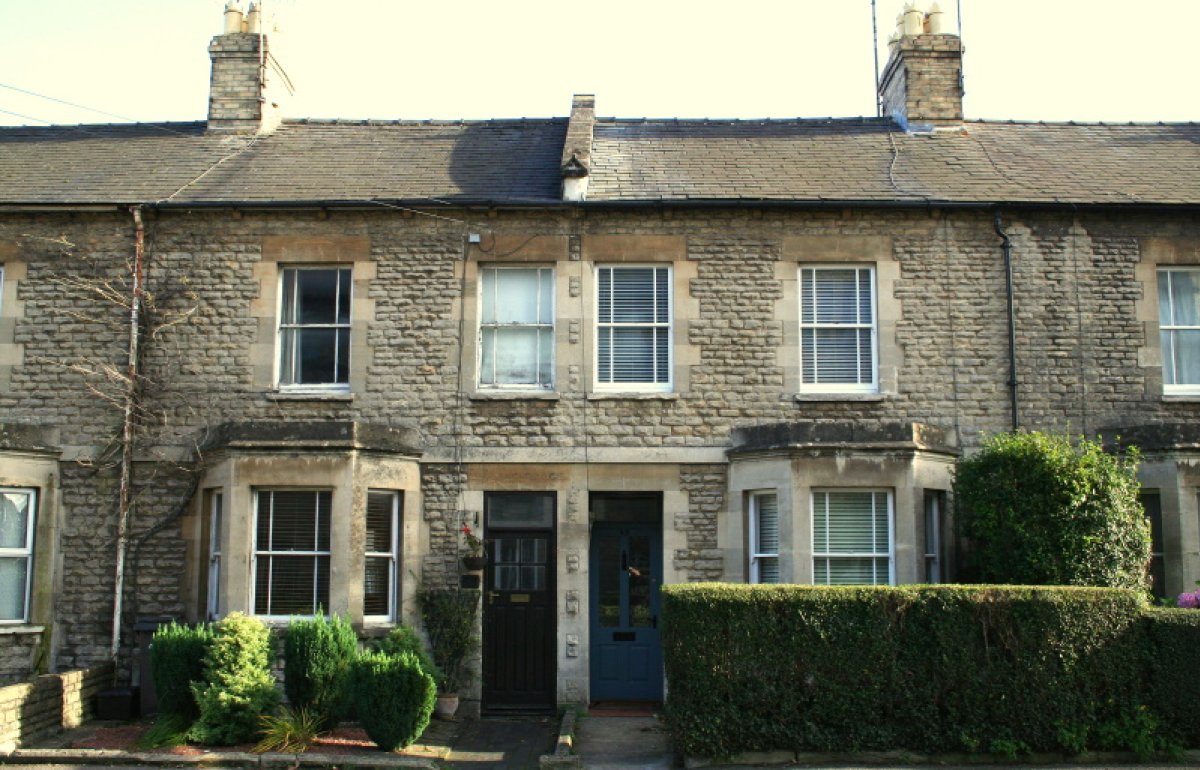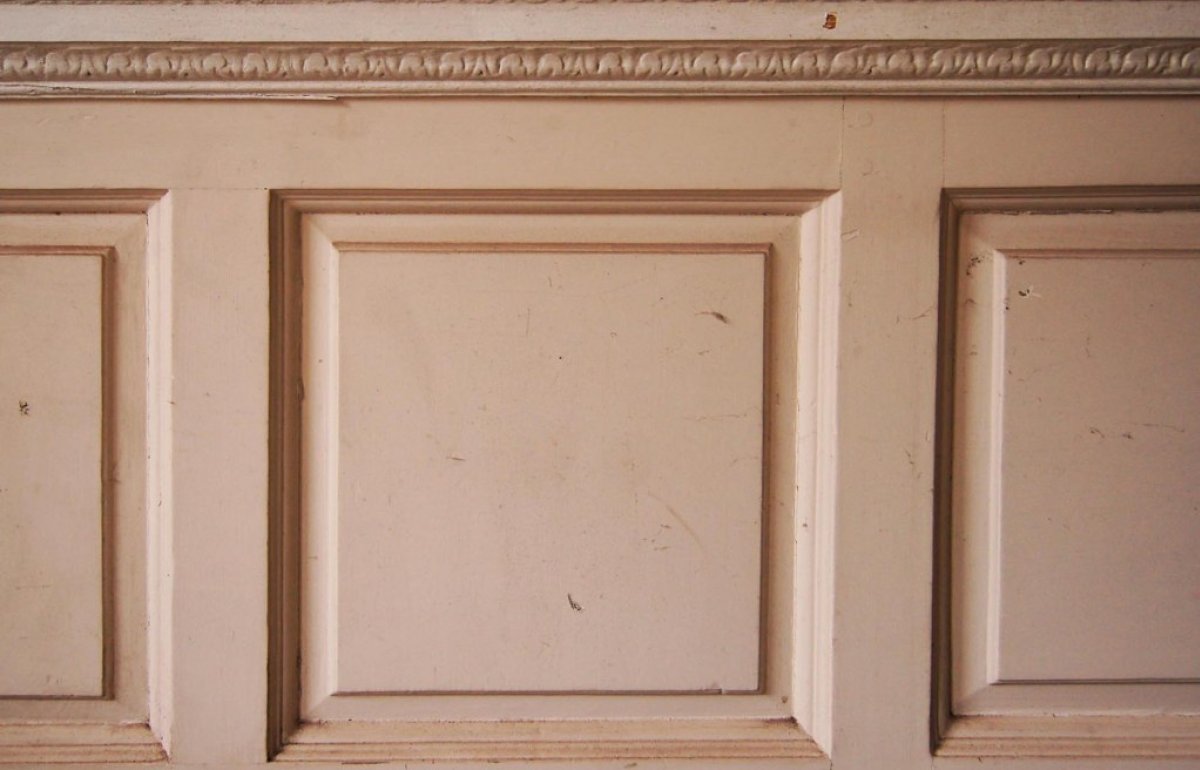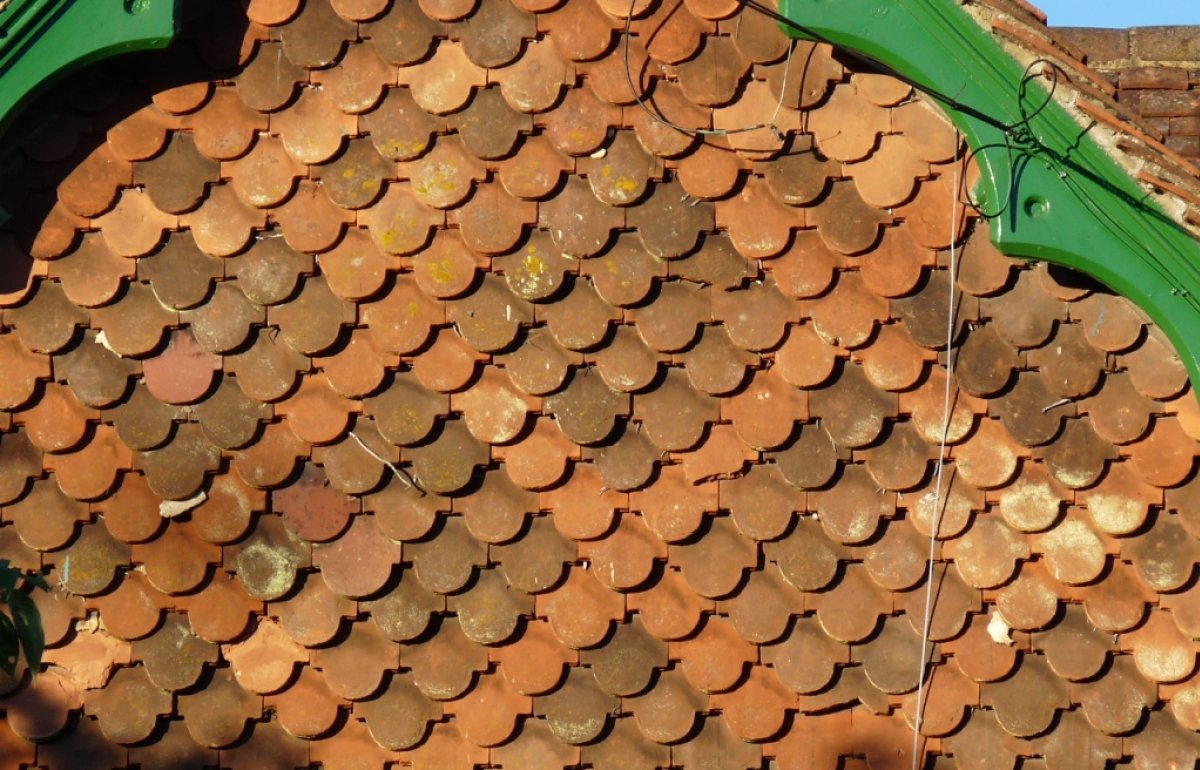
A guide to the repair of old brick walls
The SPAB is often asked about historic brickwork over our Technical Advice Line. Brick can be one of the most durable building materials, as testified by the survival of notable Roman examples. Not infrequently, however, poor repairs, a lack of maintenance and inappropriate alterations lead to trouble.
What should I do with the deteriorating brickwork on my old building?
It is essential to establish the cause of deterioration first and then keep any remedial work to a minimum. This will help prevent recurrence of the problem and, by restricting the loss of historic fabric, retain the authenticity of the building.
Sometimes, it may be best to do nothing, ie leave the brickwork alone. Where this is not an option, some form of conservative repair can frequently be undertaken. Only in exceptional circumstances will brickwork need to be taking down and rebuilding.
Where work to historic brickwork is being considered, the SPAB may be able to suggest the names of suitable contractors and professionals or advise on appropriate courses.
What causes brick walls to deteriorate?
Accelerated brickwork decay with is commonly associated with poor repairs, neglected maintenance or unsuitable alterations. Deficiencies in design, materials and workmanship may also play a role. Such factors can result in:
- Serious decay of mortar joints, and possibly bricks, because of continuous saturation (caused, for example, by leaking gutters) or salt crystallisation.
- Crumbling (‘spalling’) of brick faces due to frost action, particularly on parapets or chimney stacks, or the use of a cement mortar rather than a lime-based one.
- Cracking or bulging of brickwork caused by, for instance, tree root damage, rotten timber lintels over windows and doors or removal of load-bearing walls internally.
Handmade brick
What might the repair of brickwork entail?
Selective work to the joints and/or bricks. In some cases, only minor repointing of eroded joints will be required after, say, the rectification of a leaking rainwater fitting. With buildings pre-dating c1919, lime mortar and not cement should be used to minimise evaporation through the bricks and consequent deterioration of their faces.
The bricks themselves can often be carefully removed and then reversed to hide the decay. Tile stitching may be an appropriate repair for cracks in historic brickwork, particularly where horizontal joints are no longer in line. Providing the joints between tiles are kept fine and care is exercised, the repair will gradually weather in.
Coloured mortar (‘plastic’ repairs) may be used and to build up decayed brick faces but skill is required to achieve a good long-term colour match. Thin brick slips have been used as an alterative but possess an inherent structural weakness.
If necessary, how might I replace bricks?
Only bricks that are severely damaged should be cut out and replaced. Exact replication is very difficult, but there are a number of good suppliers producing new handmade bricks at reasonable prices. Replacement bricks should match the existing ones as closely as possible in size, colour, texture and durability. They should be laid in the same way, ie with the same bond. It is better to leave replacement bricks to blend in naturally over time than to try and tone them down.
The SPAB is cautious about the use of second-hand bricks. In addition to philosophical considerations, there are technical reasons: salvaged bricks may be underfired and unsuitable for external work, or are sometimes damaged, stained or painted. Occasionally, brick may be reused from another part of the same building - but then, only with considerable discretion.

Should I paint or treat bricks to protect them?
No, this is generally inadvisable. Paints and colourless water-repellent solutions can cause additional deterioration by trapping moisture in the brickwork. Also, moisture can be forced greater distances to escape, thereby increasing the mobilisation of damaging soluble salts.
Notwithstanding this, where a render has previously been stripped from brickwork it can, on occasions, be prudent to replace it to provide protection against the weather. The application of a new render or lead cladding to previously unprotected brickwork can also be sensible in certain circumstances, for example, to protect the inside face of a parapet wall suffering from saturation.
Burnt headers and gauged arches
Internally, the plastering or limewashing of exposed brickwork might be justified, for instance, where inappropriate sandblasting has caused ‘dusting’. Listed building consent may be required for these works.
Should I clean old brick walls?
Cleaning is justified in certain circumstances, but in many cases will do more harm than good. It risks damaging the brickwork, can remove a building’s sense of history, and may bring only short-term benefits. Cleaning can be appropriate, however, when there is a need - for example, to remove inappropriate paint finishes, graffiti or very heavy soiling.
The method(s) of cleaning must be carefully chosen in consultation with a specialist. Abrasive techniques often remove the protective fireskins from the bricks, leaving the softer inner parts vulnerable to decay. Water-based methods can cause unsightly efflorescence (white deposits) or dampness penetration. Chemical cleaning can sometimes produce satisfactory results but inadequate washing off may cause staining. An onsite trial should always be conducted first.
Brick arch in Suffolk
Historic England (2015) Earth, Brick and Terracotta, 2 vols, Practical Building Conservation, Farnham: Ashgate Publishing Ltd

